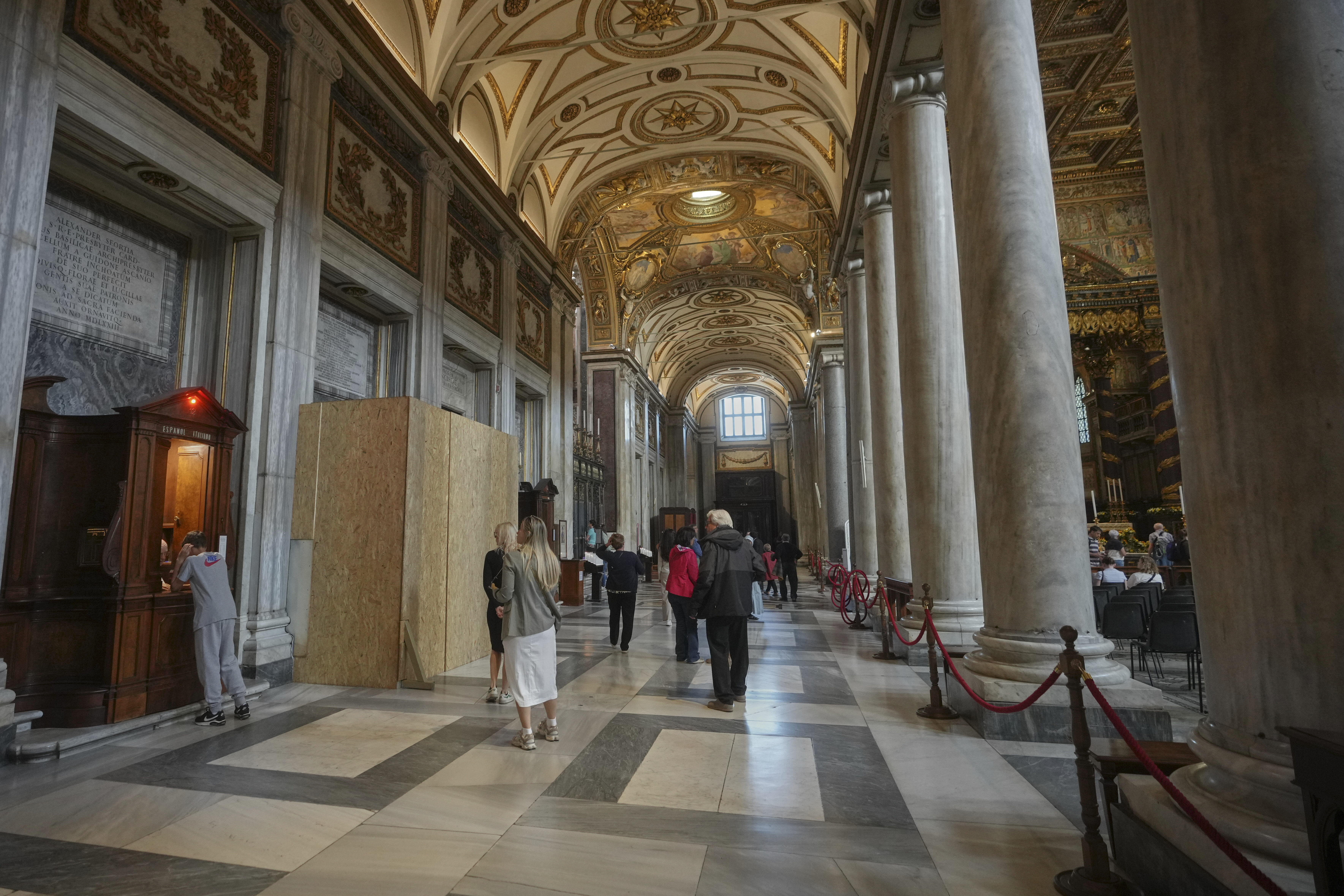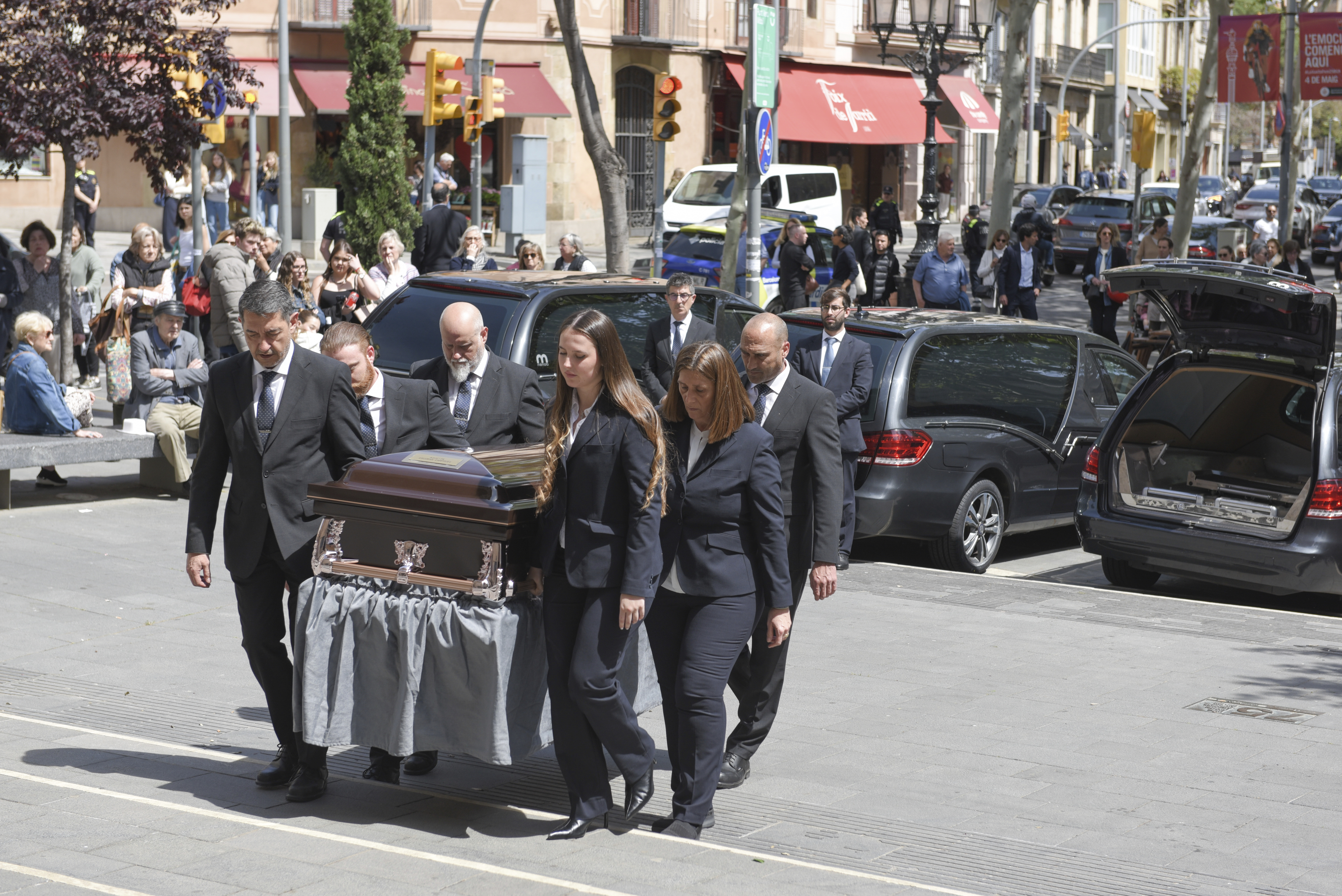(Memphis) In South Memphis, a very humble shotgun styled house at 406 Lucy Avenue doesn’t look like it was a castle for royalty, if you will, but this was once home to a queen: Aretha Franklin.
“When I left Memphis, I was about a year-and-a-half, maybe two years old,” Franklin said.
Almost 20 years ago, Aretha was welcomed back home to Memphis by fans in her old neighborhood near the Stax Museum of American Soul Music and Soulsville. She spoke exclusively with me about her memories of her childhood home.
“It’s wonderful just to be back in the neighborhood and go through the home where I was born and to see where my parents, what they provided for us and where my mom cooked and my dad came home after a day’s sermons,” Franklin said.
Singer and Memphian Vaneese Thomas tours with Aretha.
“I remind everyone when I do my shows that she’s a Memphian and she’s not from Detroit,” Thomas said.
The daughter of music legend Rufus Thomas and the sister of musicians Carla and Marvell Thomas says Memphis should really “Think” about saving the queen’s home.
“I understand they might be tearing those down. We need to think in advance how to preserve these places that mean so much to Memphis history,” Thomas said.
Over the years the Franklin house has been battered by time, neglect, vandals, fire and termites. To say the least, this house is in dire need of some R-E-S-P-E-C-T.
The Franklin home is now owned by Vera Lee House.
“I lived here about 20 years. I raised a dozen kids,” House said.
House met Aretha here 20 years ago and she says she’s done her best to make some repairs and keep the grass cut on a tight budget. She thinks refurbishing the home could help bring this neighborhood back to life.
“This neighborhood is desperate. It’s really in need of whatever, but I think it will help it out. Move it or not, I just want to keep it standing,” House said.
Neighbors such as Angela Givens Rodgers say tourists travel to Lucy Avenue all the time to see the house, but are surprised to see its condition.
“I feel like we got people coming to see where she was raised and born. It just needs to be better. That’s how I feel about it,” Rodgers said.
June West is the executive director of Memphis Heritage, which works to educate, save, and improve historically significant buildings in the city.
“You think about the museum they created in Tupelo where Elvis lived and you go the big one here at Graceland, but this is Aretha’s home and it’s valuable to Memphis and historic tourism in our city,” West said.
But should the house be refurbished, what should it be turned into and who would pay for its repairs, the city or private investors?
Jeffrey T. Higgs heads the LeMoyne-Owen Community Development Corporation. He says several agencies are in talks to not only save it, but also to possibly move the home to another location.
“I think with Memphis Music Magnet, with the CDC, private investors and our musical heritage here, there ought to be enough people that we can get this done. The city has a role, but they don’t have to be involved,” Higgs said.
Take for example, Memphis Slim’s old home on College Street.
“Community LIFT,” which revitalizes neighborhoods through strategic investments, raised money to redevelop the blues great’s house into the “Memphis Slim Collaboratory, a recording studio and rehearsal space for musicians near the Stax Music Academy and the Stax Museum of American Soul Music.
Soulsville Communications Director Tim Sampson says he’d personally like to see Aretha’s old home moved there, as well.
“My ideal for it would be to use it as a songwriting facility for students, young people in the neighborhood, Stax Music Academy and Cummings Elementary,” Sampson said.
Ambitious plans for possibly turning a once humble home into a place fitting for a queen and her fans.
“It’s got be saved one way or another because that’s Aretha Franklin’s house, the greatest soul singer and one of the greatest singers of the last century and this,” Sampson said.








